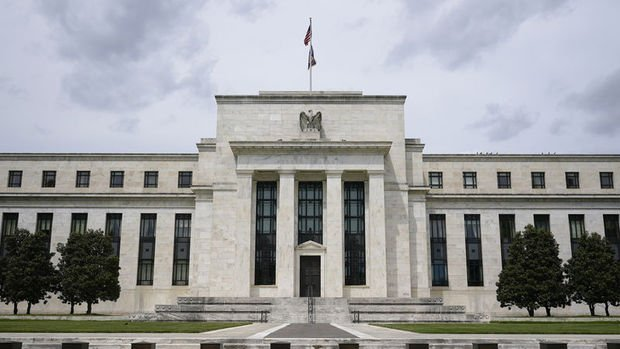Instead of asking “Will interest rates decrease in September?” the question should be “How much of a discount?”
In the US, the Fed has begun to debate how much of a rate cut rather than whether to make one. Following the July consumer inflation data announced in the US yesterday, which did not contain any surprises, markets have begun to debate how much of a rate cut will be made in September rather than whether to make one. “The real question now is whether the Fed will cut rates by 25 basis points or 50 basis points next month. If most of the data over the next five weeks indicates that the economy is slowing, the Fed may cut more aggressively,” said Chris Larkin of E*Trade, a Morgan Stanley affiliate. Seema Shah of Principal Asset Management said that the CPI data removed inflation-related obstacles to the Fed beginning a rate-cutting cycle in September. However, according to Shah, this data also shows that the urgency for a 50 basis point cut is limited. Evercore’s Krishna Guha also predicted that the Fed will now be “employment-focused” rather than “inflation-focused,” with the next nonfarm payrolls data likely to be the determining factor in its September decision. Chicago Fed President Austan Goolsbee also said he was more concerned about the labor market than inflation. Goolsbee told Bloomberg News in an interview that current interest rates are “very restrictive,” which would be appropriate only in an environment where the economy is overheating. Goolsbee declined to say how likely it is that the Fed will cut rates in September or how large a cut it might be. Atlanta Fed President Raphael Bostic told the Financial Times in an interview that he was “open” to a September rate cut. “The Fed cannot afford to be late in easing policy when there are signs of a cooling in the labor market,” Bostic said.


